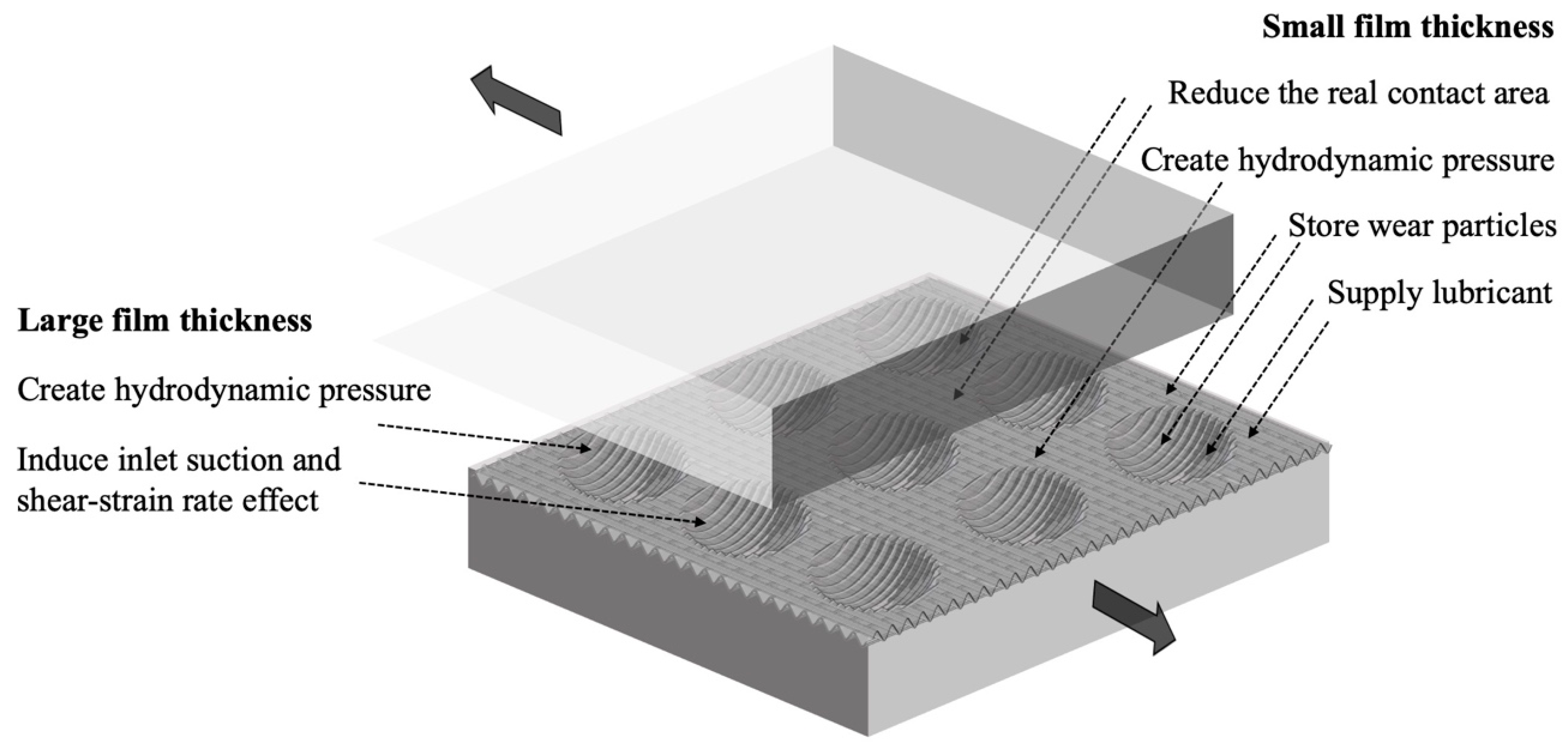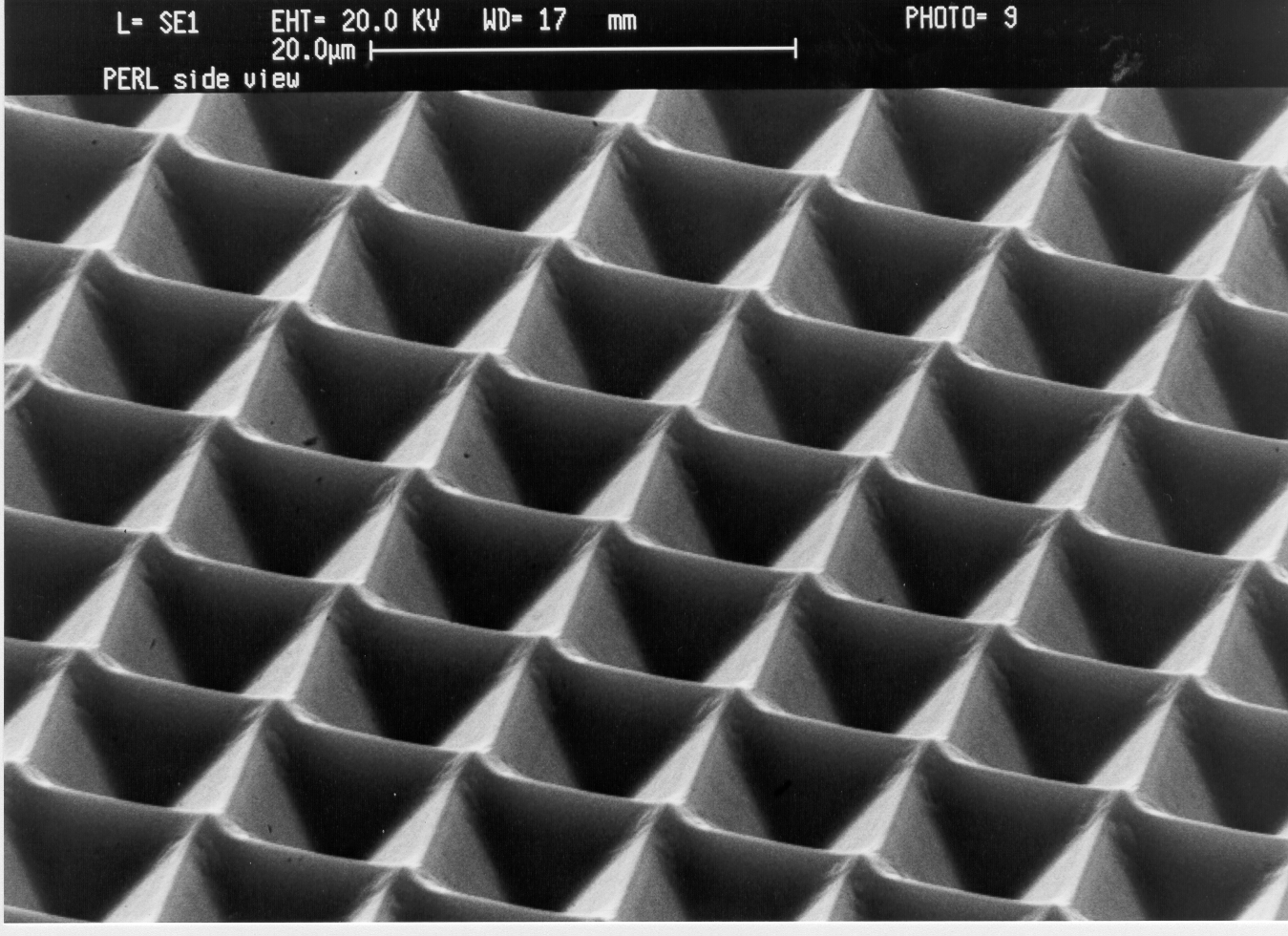Source: PVEducation.org
Surface Texturing for Minimizing Reflection
Surface texturing is a technique used to minimize reflection on photovoltaic cells. By either combining it with an anti-reflection coating or using it alone, surface texturing can effectively reduce reflection. The process involves roughening the surface, which decreases reflection by causing more of the reflected light to bounce back onto the surface rather than escaping into the surrounding air.
Inverted Pyramid Texturing
One type of surface texturing method is known as “inverted pyramid” texturing. In this approach, pyramids are etched into the silicon surface, pointing downwards instead of upwards from the surface. This unique texturing scheme helps in reducing reflection and improving light absorption.
Texturing Techniques for Multicrystalline Wafers
For multicrystalline wafers, which have a limited fraction of the surface with the required crystal orientation, traditional texturing techniques may not be as effective. However, alternative methods such as photolithography or mechanical sculpting using dicing saws or lasers can be employed to texture multicrystalline wafers. These techniques involve cutting the surface into an appropriate shape to enhance light absorption.
Micrograph of a photolithographic texturing scheme:
Modeling of Textured Substrates
The modeling of textured substrates is crucial for optimizing the performance of photovoltaic cells. Simulation programs, such as those available at pvlighthouse.com.au, are used for modeling and analyzing the impact of different texturing schemes on cell efficiency.
Surface texturing plays a vital role in improving the efficiency of photovoltaic cells by reducing reflection and enhancing light absorption. Different texturing techniques can be applied based on the type of wafer material to achieve optimal performance.

Source: MDPI

